3rdrail wrote:Does anybody else have any unusual photos of unique switches that they would like to share ?Paul - While it's probably not unusual, this pair of self-guarding frogs in the photo below are the only ones I've ever stumbled across. ...FB
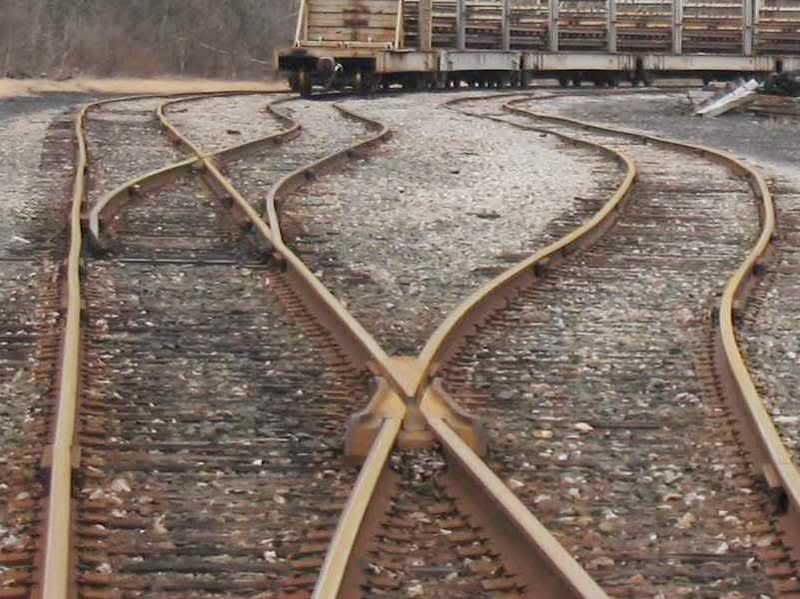
Railroad Forums
Moderator: Robert Paniagua
3rdrail wrote:Does anybody else have any unusual photos of unique switches that they would like to share ?Paul - While it's probably not unusual, this pair of self-guarding frogs in the photo below are the only ones I've ever stumbled across. ...FB

FarmallBob wrote:Interesting frogs there, Bob. I have a feeling that the guards on them are more cosmetic than anything else, though. If you look at the opposite rail, there's no restraining rails or guards at all, and the ones on the frogs don't look like they would keep a model train on track ! The frogs manufacturer probably had a little extra manganese in the mold and thought of a good way to apply it - and advertise it as a "safety frog" !3rdrail wrote:Does anybody else have any unusual photos of unique switches that they would like to share ?Paul - While it's probably not unusual, this pair of self-guarding frogs in the photo below are the only ones I've ever stumbled across. ...FB
3rdrail wrote: Interesting frogs there, Bob. I have a feeling that the guards on them are more cosmetic than anything else, though. If you look at the opposite rail, there's no restraining rails or guards at all, and the ones on the frogs don't look like they would keep a model train on track !3rdrail - "Upon further review" the guard ribs cast into this frog are more than just cosmetic! They are about 1-1/2" thick in both dimensions (width/height).
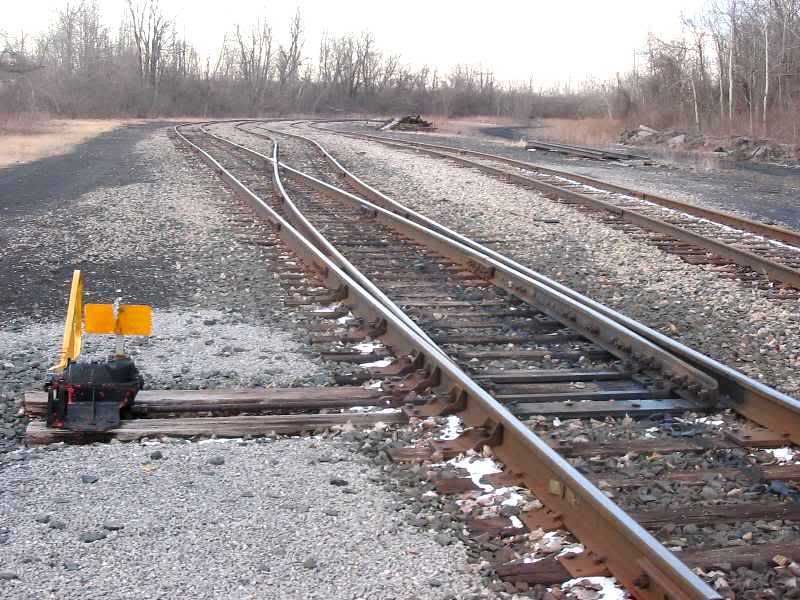
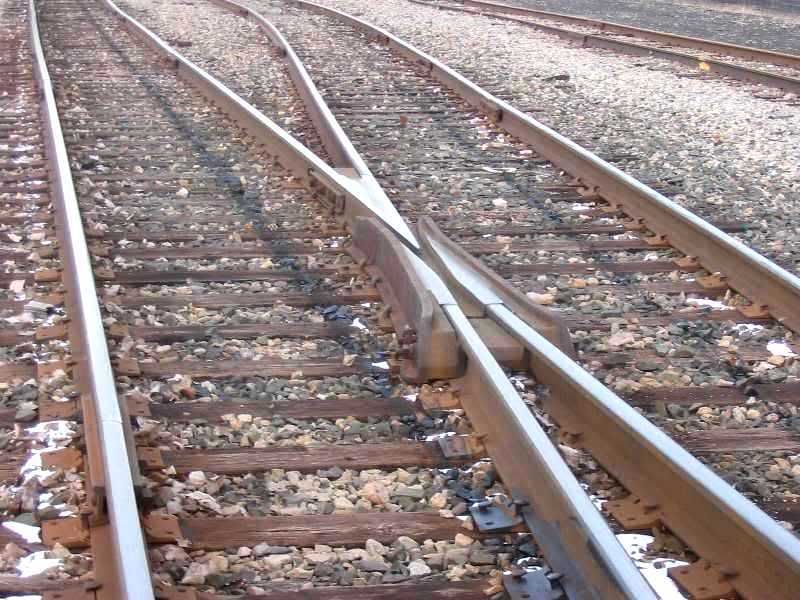
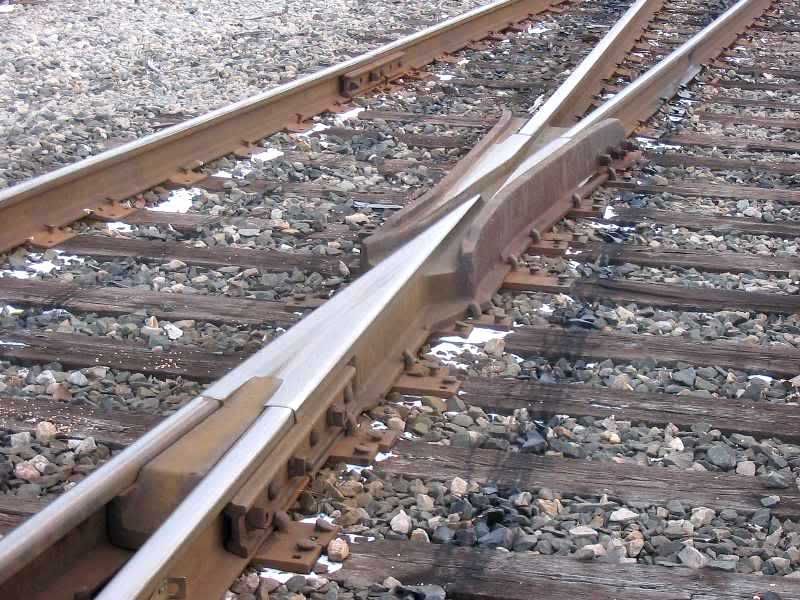
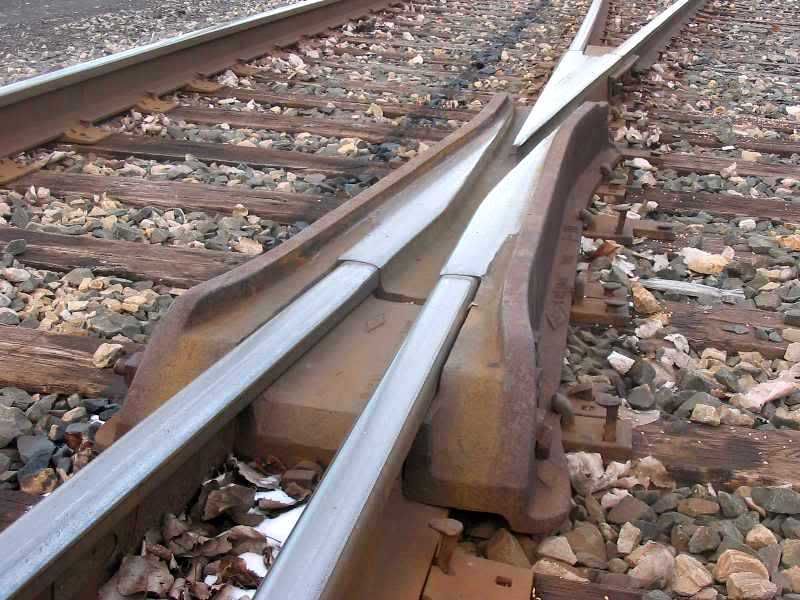
newyorkcentral wrote:3rdrail,Like this (minus the slot) ? :
Although i dont know anything of the switch you mention the pictures reminded me of a sprung-spring? switch that is used on a trolley museum in conneticut. the switch was set up so an outgoing trolley would come to the switch, take the right side of the switch and await the inbound trolley.
when the inbound went past the outbound trolley could continue on its way